In 2017, KfW established a new and innovative fund for marine conservation. In doing so, it is helping to stem the dramatic loss of biodiversity in the oceans on behalf of the German Federal Government. KfW Stories talks to Executive Director Markus Knigge about what the Blue Action Fund has achieved since then.
About Markus Knigge

Markus Knigge has overseen the Blue Action Fund since June 2017. Previously, he was involved in marine conservation and marine life at various organisations, including the Pew Charitable Trusts, WWF and Ecologic Institute. Knigge studied in Berlin and the USA, initially focusing on urban and spatial planning and later moving into international relations and economics. He calls the task of building up the Blue Action Fund a “privilege”.
The Blue Action Fund has been in existence since 2017. In that time, awareness that the oceans are in danger has grown significantly. Would you agree with that?
MARKUS KNIGGE: That's my impression too. The public now knows more about overfishing, coral death and plastic pollution in the oceans. We don't always have to start at the beginning when we explain what we are doing.
How much has the fund contributed to this change in awareness?
That's difficult to measure. We have ambitious goals, but we are only a very small part of the marine community; I would not claim that we are a decisive factor here. We are undoubtedly making a contribution where we are, but there is simply a greater understanding of the ecological importance of the oceans in general today. However, we are still a long way from solving the problems. This is demonstrated, for example, by the continuing overfishing of the world's oceans, plastic waste and the ongoing international negotiations on deep-sea mining in the high seas. At the same time, there is also positive news, such as the new goal of international states to protect 30 per cent of the world's oceans by 2030.
There is now finally a binding agreement for the largest part of the oceans, the so-called high seas ...
The agreement is a huge milestone for marine conservation. Last year, the international community agreed on a legal text that will make it possible for the first time to establish protected areas outside the 200-mile zone. However, the agreement still needs to be ratified by the required number of states before it can come into force. However, the Blue Action Fund has already started to finance the first projects working on the identification and designation of marine protected areas in the high seas.
What is special about the Blue Action Fund, why is it needed?
It helps to establish new marine protected areas, expand and better manage existing ones and improve the living conditions of neighbouring communities through the sustainable management of marine resources. The special feature is that it supports projects by non-governmental organisations that can strengthen and expand their work with these public funds.
Have you had good experiences of working with NGOs?
We have: The NGOs, mainly from the environmental and development sectors, have a great deal of experience, are represented locally and are therefore close to the people. That is important to us.
You haven't had to cancel any cooperation yet?
No, we haven't had to. We have a partnership-based relationship and try to resolve any disagreements that arise through dialogue. But if serious issues such as corruption or similar were to arise, we would cut ties very quickly. We have terminated one project in the five years, albeit for security reasons. This was in northern Mozambique because of the threat of terrorism; this was done in agreement with the NGO involved.
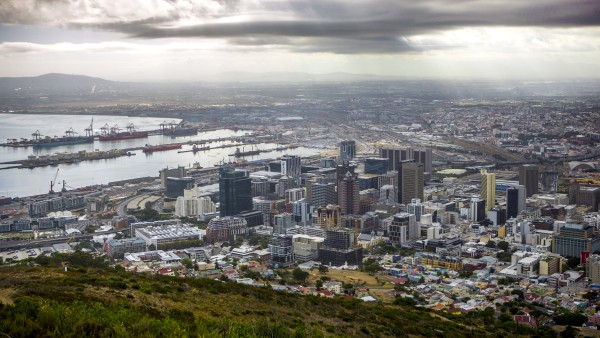
Cape Town
The largest project the Blue Acion Fund finances is off the coast of South Africa.
How many projects are you currently supporting?
We are currently supporting projects in 20 countries or off the coasts of these countries. The whole thing is pretty well spread across the southern part of the world. Our largest project is off South Africa, followed by Peru, Ecuador and Costa Rica. I would also like to emphasise that the first protected areas managed by local communities now exist off Mozambique, for example, thanks to our funding. Coastal communities have been strengthened in the Solomon Islands in the Pacific, and marine protected areas are being created off São Tomé and Príncipe for the first time ever. We have also helped to significantly expand the protected areas around the Galapagos Islands. You can see that: We now have a diverse and ambitious portfolio. And in addition to 25 ongoing projects, which we are funding with 105 million euros, we have 10 more in the pipeline with a funding volume of around 40 million euros.
Does that mean you are taking stock in a positive way?
Absolutely. We have built up an organisation with all the processes that go with it, developed a funding programme, acquired additional donors and all of this is always in full swing. In other words, we planned and remodelled our building at the same time.
Who has joined the organisation since it was founded?
In addition to Germany, Sweden, France, Norway, Ireland and the Green Climate Fund are also co-financing the fund. In total, we have raised almost 190 million euros so far. We are no longer a German organisation, although the Blue Action Fund is the result of a German initiative; instead, it has developed into a multilateral foundation with strong member countries.
Would that make you a significant organisation?
On the one hand, we are no more than a drop of water in the ocean because the problem is simply so big and with the 190 million euros we have raised so far, we will not be able to meet the global challenge we face as a world community. On the other hand, we are the largest public financing instrument for marine protected areas - worldwide - and therefore not entirely unimportant. One of our successes is that we have established robust processes and organisational structures in a very short space of time and are ready to expand the Fund's work even further.
One of the major problems facing the oceans is overfishing; two thirds of fish stocks are already overfished or exploited to the limits of sustainability. What contribution can you make here?
The marine protected areas that we promote are often sustainable use areas, i.e. areas in which fishing is not completely excluded. This applies in particular to small-scale, local, often indigenous fishermen and women who are allowed to continue working there. We are trying to help them make their fishing more sustainable through a wide range of measures. These include collecting data on the state of fish stocks, better controls and investment in the value chain and alternative sources of income. And it is about the recovery of fish stocks: If fishing is not permitted in an area, the stocks not only recover there, but there are also more fish in the surrounding areas. That helps the local fishermen.
Aren't protected areas always associated with losses for those who have fished there up to now?
A marine protected area always goes hand in hand with restricted utilisation; that's the way it is. Otherwise there would be no need to protect anything. Someone who previously fished there is no longer allowed to do so, or only to a limited extent. In developing countries, this can very quickly become an existential problem. Most of those affected have no alternatives, at least none that are readily available. This means that they have to be taken along, their economic damage avoided, reduced and otherwise cushioned as far as possible. This is one of the core objectives of the Blue Action Fund.
What alternatives can be developed?
If a protected area functions properly, the fish stocks recover; often there are even more fish afterwards than before. This means you have to bridge a certain period of time. It's not easy, but it can work. In fisheries, up to 40 per cent of the catch is lost in the value chain, for example because there is no seamless refrigeration. This is particularly true for smaller and therefore poorer fishermen. By remedying this situation, the same income can be generated with smaller catches. Or you can look for other uses for the fish. For example, fish skin, which is often thrown away, can be used to produce and sell fish leather.
What do you do with fish leather?
Everything you do with other types of leather: handbags, belts, shoes... I don’t want to make light of the problem, because this is just one solution. But there are ways to handle the situation, and we are working to do so in the projects we support.
How long does it take for fish stocks to recover if they are left alone?
It often takes just four or five years if the protected area is large enough and well monitored.
Can you also measure your successes of recent years?
We can: As of March 2024, more than half a million people are benefiting directly from our support. Almost 230,000 square kilometres of protected marine area are better managed. And almost 150,000 square kilometres of new protected area have been added - larger than Greece. We are satisfied with our achievements so far, but of course we want to achieve more.
What exactly are your plans for the coming years?
At the Biodiversity Summit in Montreal at the end of 2022, the international community agreed to protect 30% of the Earth's surface by 2030. We are only at 8% for the sea. In order to reach 30%, new protected areas with the area of Taiwan would have to be designated and effectively managed every single day until then. A truly mammoth task. We would like to make a significant contribution to this. To achieve this, we want to bring more donors on board, enter into partnerships with other local organisations and refine our own processes and requirements.
Will digitalisation and artificial intelligence play a role?
In fisheries, certainly. We know more about the moon than the sea. This means we need more information and better data. After all, you can only protect what you understand well. There are many possibilities, from smart buoys that count fish swimming past to drones that monitor illegal fishing. All of this is just taking off now – including at Blue Action Fund. In other words, we still have a lot to do.
Published on KfW Stories on 8 June 2022, updated on 30 April 2024.

All United Nations member states adopted the 2030 Agenda in 2015. At its heart is a list of 17 goals for sustainable development, known as the Sustainable Development Goals (SDGs). Our world should become a place where people are able to live in peace with each other in ways that are ecologically compatible, socially just, and economically effective.

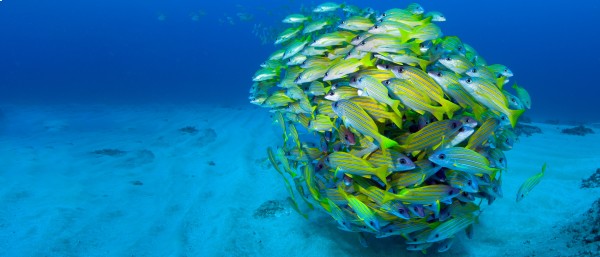
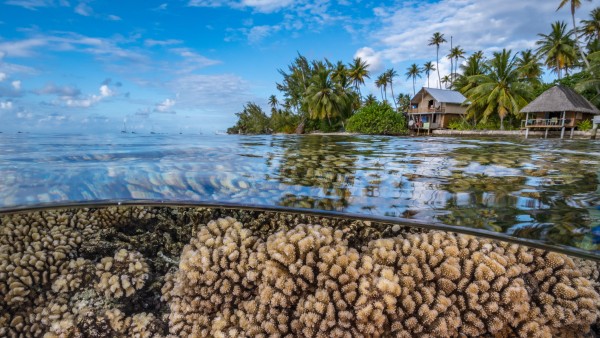
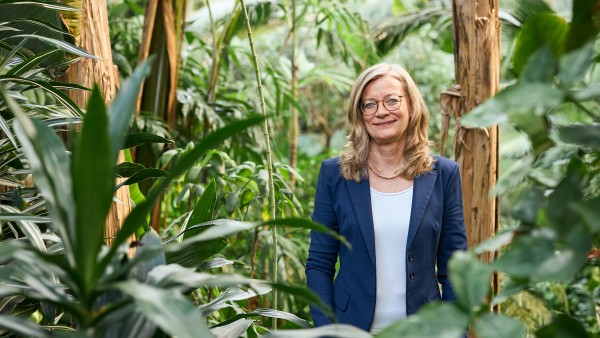
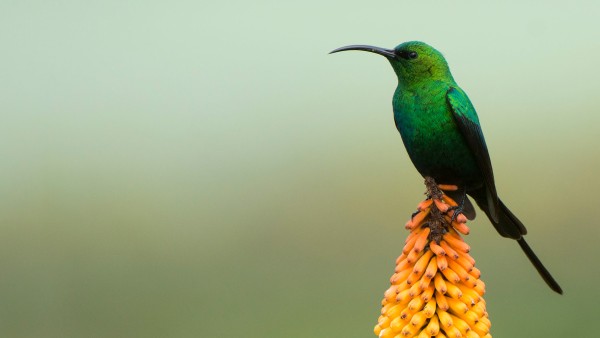
Data protection principles
If you click on one of the following icons, your data will be sent to the corresponding social network.
Privacy information